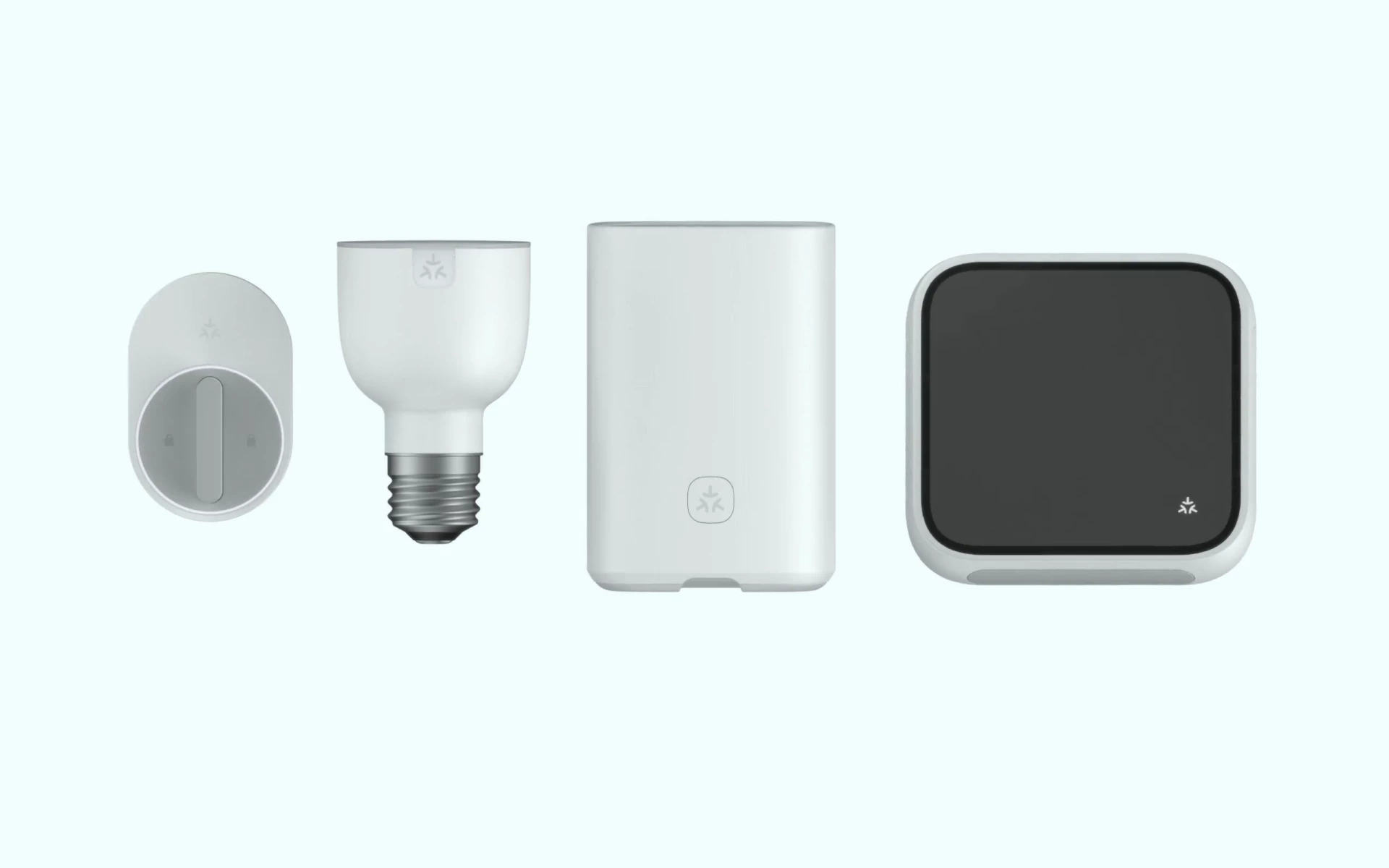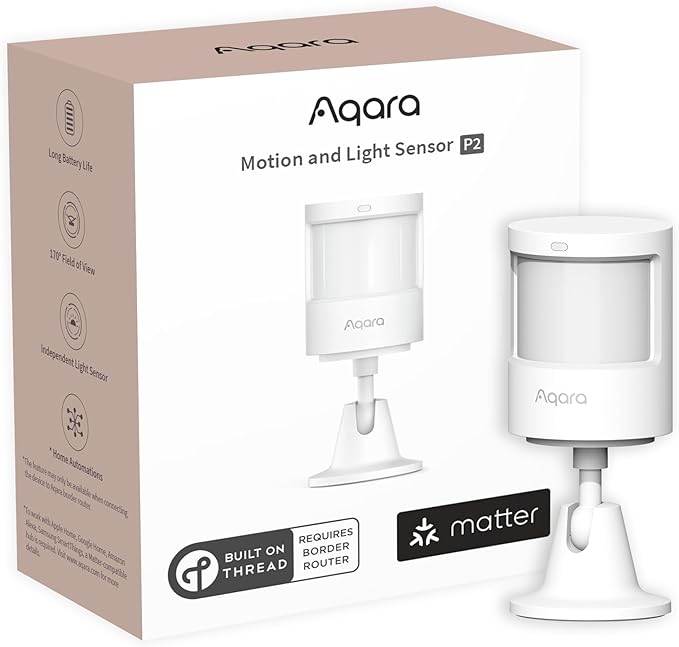Matter, the unified smart home standard, will soon celebrate its third birthday since its initial release in October 2022. Over the years, we have watched its development, including the good, the ugly, and the tasks remaining for future versions.
Matter itself now covers an extensive range of device types. In addition to essential categories, it also supports major home appliances like cooktops, refrigerators, and dishwashers. In the upcoming Matter 1.5 release, cameras, doorbells, and more energy management features will join the lineup. With these additions, a fully equipped Matter smart home is becoming achievable.
We have also seen important changes: walled gardens opening up, inter-device connectivity among different vendors seamlessly integrating, user potentials expanding, and the rise of a thriving open-source community in the smart home domain.
Yet challenges remain – users complain about connectivity, misaligned platform support, and confusing product advertising.
Here, we examine the current state of Matter and how the Connectivity Standards Alliance (CSA) and its members are working to elevate Matter's quality standards.
Tobin Richardson, President and CEO of the Connectivity Standards Alliance, and Laura Shang, CSA China Regional Representative, offered their perspective on addressing these challenges to Matter Alpha in an interview.
Slower updates, better experience
Matter is an application-level standard covering essential everyday device interactions. As it evolves, the standard will increasingly demand more sophisticated chipsets – more computing power, flash memory, and RAM. This raises two concerns: higher chipset costs could lead to pricier Matter devices, and older devices may not support upgrades to newer specs needed for enhanced experiences and additional features.
Some companies anticipated this demand. Eve, for instance, adopted more powerful chipsets, ensuring a smoother transition from HomeKit to Matter, and onwards to future versions. Others face more challenges; for example, some Shelly Gen3 devices lose critical energy monitoring features when upgraded to Matter due to limited chipset capabilities. Shelly clarified this in a Reddit post:
“Gen4 devices have a later version of Matter that supports more features (they have more RAM to accommodate the later version).”
Battery life remains another hurdle for Matter devices. Typically, Matter-over-Thread models have shorter battery life than their Zigbee equivalents. For instance, Aqara’s Motion & Light Sensor P2 (Thread) offers two years of battery life compared to the P1 (Zigbee), which offers five years.
The Alliance and its members recognize such concerns and are actively working to address them. The slow release pace shows efforts toward improvement, shifting from two major versions per year to multiple minor updates in between, such as Matter 1.4.1 and the forthcoming Matter 1.4.2. Looking at past releases, version 1.2 mainly targeted bug fixes, introducing fewer user-facing features.
Richardson explained to Matter Alpha how continuous efforts are in place to optimize the Matter SDK, ensuring better performance and efficiency. Such code optimizations may be bundled into major versions in the future, though without a specific timeline.
Additionally, the CSA has introduced a “Sunset” policy, which will retire older, sometimes problematic Matter versions whenever new major specifications are published. This policy aims to keep newer devices using the latest stable and performant specifications. Richardson noted, “The whole idea here is you’re getting everybody up into the latest test code base as well as supporting all the features that create better stability for the devices.”
Accelerating Matter devices to market
Adopting Matter involves multiple hurdles. As a continually evolving standard, developers must invest time in gaining knowledge for device certification and ecosystem optimization. The lengthy certification and development cycles also pose significant roadblocks.
Certification requirements often encompass communication standards like Bluetooth, Wi-Fi, and Thread, each needing certification by their respective alliances and interest groups. Growing interest in Matter has led to longer certification queues and wait times.
Senserio notes that outdated chipset SDKs slow down the adoption of new Matter specifications and features.
The Alliance addresses these challenges by “putting more people into the cert process,” Richardson said. Further actions include performing a detailed process review to identify and eliminate bottlenecks (such as invoicing dependencies) while enhancing communication with member companies.
Moreover, an AI chatbot has been developed to answer certification-related questions, aiming to improve efficiency and better support CSA members through certification processes.
New features and device types
Matter already accommodates a broad range of devices, and release 1.5 will introduce support for cameras and additional energy features. However, certain products, like garage-door controls, still lack dedicated Matter categories and are forced to fit into existing device types.
New Matter features typically arise from proposals put forth by member companies and collaborative development efforts. According to Shang, the Alliance is simplifying internal processes for vendors to add new clusters and device types, especially when they utilize existing Matter features.
This step helps address confusion caused by overusing certain device type categories, such as the “On/Off Plugin-Unit.” As base features in Matter become ever clearer, we’re likely to witness more products offering proper certifications that reflect their functionalities.
At the same time, some specialized features – such as switch modes like detached or two-way synchronization – still require customized clusters. Implementing such features often requires extra support from major platforms, such as Apple and SmartThings, to ensure proper functionality and user interface compatibility.
The Alliance noted that while platforms continuously explore new features, standardization involves establishing a common baseline to maximize compatibility. They also encourage joint efforts from members to improve experiences for such customized features.
Reducing customer confusion with clearer branding
Matter also faces persistent issues surrounding consumer awareness and market transparency, crucial factors in widespread adoption and user trust. These include confusing advertisements, which continue to affect user trust and clarity around Matter products.
A major source of confusion originates from marketing bridged devices incorrectly labeled with the Matter logo or misleading claims like “Matter over Zigbee” or “compatible with Matter.” Such advertising inaccurately suggests these products are native Matter devices rather than gateway-connected solutions, contradicting Matter’s central promise of seamless and direct connectivity.
The CSA clarified its branding guidelines for Matter logo usage, which can only be used for Matter-certified products. As a member-driven organization, the Alliance discusses representation with its members, remaining open to adjusting policies when inconsistencies or inaccuracies arise.
Measures include proactively engaging with companies misrepresenting products, providing clear guidance, tracking online advertising practices, and encouraging member companies to report violations needing corrections.
A critical point clarified by the CSA: bridged Zigbee devices cannot use the Matter logo directly, while their gateways – certified Matter bridge devices – can. The Alliance acknowledges the urgency around differentiation: “make this clear to the market – what is a bridge and what is a bridged device?” – to prevent further confusion and reinforce consumer trust.
Matter’s ongoing journey
Matter isn't perfect yet – and it might remain so for some time. Nevertheless, it continues to influence positive change, offering standardized essential features across ecosystems. We are experiencing once-closed platforms opening their ecosystems and witnessing real interoperability across brands. The growth of open-source communities has sparked increased interest and involvement beyond just the tech-savvy.
Support has expanded beyond basic sensors, lights, and smart plugs, greatly aided by the proactive efforts of key companies such as Midea, Bosch, LG, and Samsung adopting Matter-enabled smart appliances.
Now is the opportunity to strengthen Matter as a true standard, starting with improved core-user experiences – simpler setup flows, dependable daily performance, and clearer communications to restore user confidence.
Years ago, critics once described Matter as a “broken promise.” Given the progress we’ve observed, today, I’d rather say it’s a mending one.


